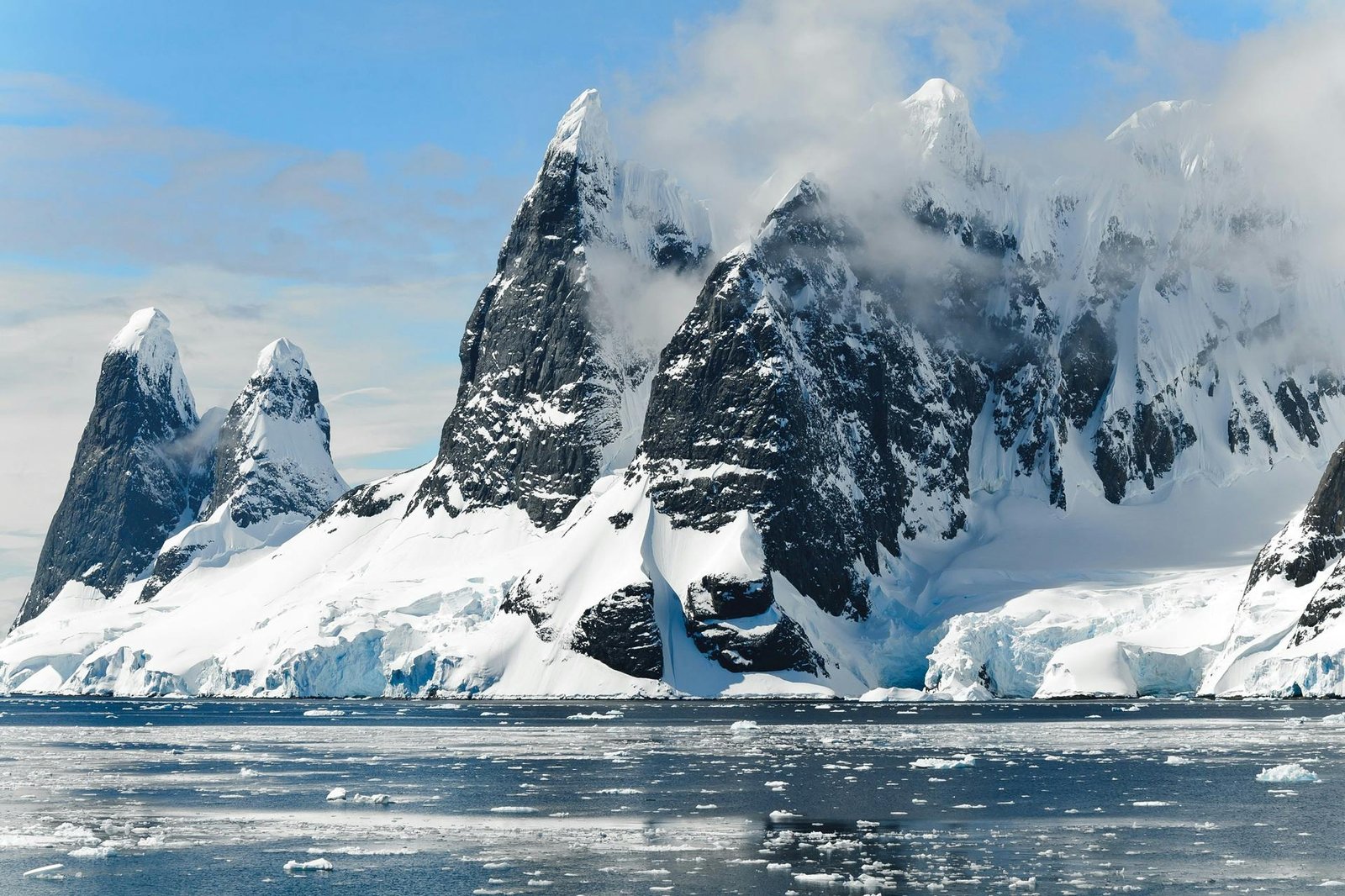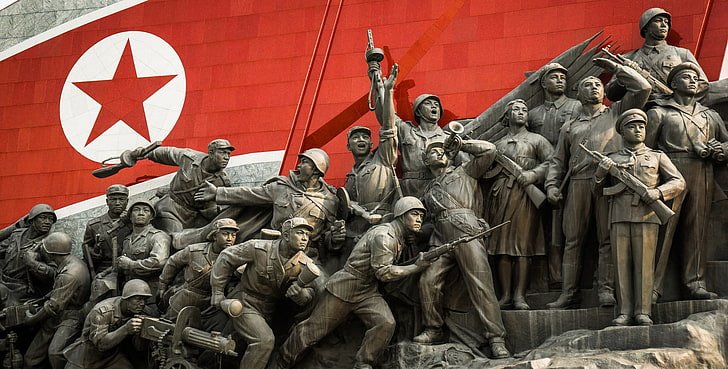Introduction
Antarctica is one of the least understood and most mysterious of all Earth’s continents.
Its vast, icy landscape and remote location make it a place of intrigue and wonder.
Size and Scale
Despite common misconceptions, Antarctica is the world’s fifth-largest continent.
It’s larger than Australia and Europe, and comparable in size to South America. When overlaid on a map of North America, Antarctica dwarfs the mainland 48 US states.
Human Presence
Antarctica is nearly devoid of human life.
The population ranges from 4,000 in the summer to just 1,000 during the harsh winter. The extreme cold and remoteness make it a challenging place to inhabit.
The closest large human settlement is Ushuaia in southern Argentina, about 1,000 km away, separated by the treacherous Drake Passage.
Harsh Conditions
The Drake Passage is known for some of the roughest and most dangerous waters in the world. Powerful waves and strong currents make the journey to Antarctica perilous.
The continent’s weather is brutal, with temperatures plummeting below -34°C during the long, dark winters.
Ice Sheet and Landscape
Antarctica is covered by an immense ice sheet, averaging more than 2 km thick and reaching up to 5 km at its thickest points.
This ice holds 61% of the world’s freshwater and, if melted, could raise global sea levels by around 60 meters.
Beneath the Ice
We know more about the surface of Mars than what’s beneath Antarctica’s ice sheet. Using radio-echo sounding, scientists have discovered a landscape of valleys, riverbeds, and hills beneath the ice. Surprisingly, 90% of this hidden terrain remains unmapped.
Geology and History
Antarctica isn’t a unified landmass. If the ice melted, the continent would split into an archipelago of mountainous islands (Lesser Antarctica) and a larger continental area (Greater Antarctica). Lesser Antarctica is part of the Pacific Ring of Fire, home to active volcanoes like Mount Erebus.
Volcanic Activity
Mount Erebus, the southernmost active volcano on the planet, has a lake of molten lava within its summit crater. Despite the extreme cold, sub-volcanic ice caves around Mount Erebus maintain temperatures as high as 25°C, potentially hosting unknown forms of life.
Discoveries
In 2017, researchers found DNA traces of algae, mosses, and small animals in the soil of these warm caves. Some DNA traces were similar to known species, while others were related to arthropods like shrimp and spiders, suggesting the presence of unknown species.
Deep Canyon
In 2019, scientists discovered the world’s deepest land canyon beneath the Denman Glacier, plunging 3.5 km below sea level. This canyon is deeper than the Grand Canyon and comparable to the average depth of the Atlantic Ocean.
The Deepest Canyon
Antarctica is home to the deepest canyon on Earth’s land surface, found beneath the Denman Glacier. This canyon plunges 3.5 km below sea level, deeper than the Grand Canyon, revealing the extraordinary landscape hidden beneath the ice.
The Gamburtsev Mountain Range
In 1958, Soviet researchers discovered the Gamburtsev Mountain Range beneath the ice sheet. These mountains, named after Soviet geophysicist Grigoriy Gamburtsev, are roughly the same length and height as the Alps, running for about 1,200 km with peaks reaching up to 2,700 meters. Completely obscured by over 600 meters of ice, these mountains add to the mystique of the Antarctic landscape.
The East Antarctic Gravity Anomaly
In the late 1950s and early 60s, researchers detected a large gravity anomaly in East Antarctica, indicating a massive structure beneath the ice. In 2006, Ohio State University researchers using satellite data identified this anomaly as a potential 480 km-wide meteorite impact crater. If confirmed, this would be the largest impact crater ever discovered, suggesting a cataclysmic event with significant geological and biological implications.
Subglacial Lakes
Antarctica hides around 675 subglacial lakes beneath its ice sheet, discovered in the 1990s. The largest of these, Lake Vostok, lies 4 km beneath the surface and is the sixth-largest known lake in the world by volume. Despite its subzero temperature of -3°C, the lake remains liquid due to geothermal heat and pressure from the overlying ice.
Lake Vostok: A Hidden Ecosystem
Lake Vostok has been isolated from the outside world for at least 15 million years, making it a potential hotspot for unique life forms. In 2012, Russian researchers drilled into the lake and found bacteria species, some unknown to science. This discovery raises the possibility of life forms that have evolved independently in this extreme environment.
The Mystery Continues
In 2020, researchers found additional unknown bacteria species and an RNA sequence similar to that of a rock codfish, suggesting more complex life forms might exist in Lake Vostok. Further exploration, such as deploying a sea drone with a camera, could reveal even more unexpected discoveries.
Shrimp-like Marine Crustaceans Discovered
In December 2021, a team of New Zealand scientists discovered hundreds of shrimp-like marine crustaceans called amphipods in an isolated cavern 500 meters beneath the Antarctic ice. This unexpected find revealed thriving life forms in complete darkness, far from any sunlight.
Implications for Lake Vostok and Other Subglacial Lakes
The discovery of these complex life forms suggests the potential for unknown life existing in Lake Vostok and the hundreds of other subglacial lakes in Antarctica. Despite being largely unexplored, these areas may host diverse and thriving ecosystems.
Antarctica’s Untapped Natural Resources
Discovery of a Massive Oil Field
In May 2024, evidence presented to the UK parliament revealed a Russian research ship discovered a gigantic oil field in the Weddell Sea, estimated to contain 511 billion barrels of oil. This superfield’s oil reserves are roughly double those of Saudi Arabia, highlighting Antarctica’s significant untapped energy resources.
The Antarctic Treaty and Territorial Claims
The Antarctic Treaty, signed in 1959, prohibits military use and resource exploitation on the continent, preserving it for scientific research. Despite overlapping territorial claims by countries like the UK, Argentina, and Chile, the treaty has maintained a peaceful status quo. However, the discovery of vast resources may challenge this arrangement in the future.
Permanent Settlements and Territorial Disputes
Civilian Settlements by Argentina and Chile
Argentina and Chile have established permanent civilian settlements in Antarctica to strengthen their territorial claims. These settlements include schools and have even seen the birth of children, reinforcing their national presence on the continent.
Disputes Over the Falkland Islands
The sovereignty of the Falkland Islands, South Georgia, and the South Sandwich Islands remains a contentious issue between Argentina and the UK. With a significant population compared to Antarctic settlements, these territories are hotly disputed, further complicating the geopolitical landscape of the region.
The Falklands War and Its Aftermath
Climax of the Dispute in 1982
The longstanding dispute over the Falkland Islands climaxed in 1982 when Argentina launched a full-scale amphibious invasion of the Falklands, South Georgia, and the South Sandwich Islands. This action sparked a 10-week war between Argentina and the UK, resulting in nearly a thousand soldiers killed and over 2,000 wounded, with significant naval losses on both sides. Ultimately, the British decisively defeated the Argentine forces, and the islands have remained under UK control since then.
Current Geopolitical Context
While the Falkland Islands dispute has largely faded into the background in the context of larger global issues in Ukraine and the Middle East, the recent Russian discovery of 511 billion barrels of oil in Antarctica could reignite tensions between London and Buenos Aires.
Potential Economic Impact and Legal Challenges
Value of the Oil Discovery
As of July 3, 2024, the market price for a barrel of Brent crude oil was $86.40. The 511 billion barrels of oil in the Weddell Sea could theoretically be worth around $44 trillion, nearly double the entire GDP of the United States. Controlling this oil field could transform any nation or corporation into a major oil power, eclipsing even Saudi Arabia.
Antarctic Treaty and Future Prospects
The Antarctic Treaty, which forbids resource exploitation below the 60° latitude line, is up for review in 2048. Any signatory country can withdraw from the treaty at any time. Due to climate change, the thinning ice cover in the Weddell Sea makes the area more accessible, and countries like Argentina, the UK, Chile, and others may be motivated to exploit these resources in the future.
Strategic Considerations and Future Conflicts
Importance of the Falkland Islands
The UK’s control over the Falklands, South Georgia, and the South Sandwich Islands forms the legal basis for its territorial claim in Antarctica, which overlaps with Argentina’s claim and the newly discovered oil field. Maintaining control over these territories will be crucial for the UK to uphold its claim and potential access to the oil field.
Potential for Renewed Conflict
If Argentina strengthens its economy and military capabilities in the coming decades, it may challenge the UK’s control over the Falklands again. Success in such an endeavour could significantly bolster Argentina’s claim in Antarctica and grant access to the vast oil resources, potentially transforming the nation economically and politically.
Conclusion
Uncertain Future for Antarctica
The future of Antarctica is deeply uncertain, with significant geopolitical, economic, and environmental factors at play. The potential for resource exploitation, territorial disputes, and the upcoming review of the Antarctic Treaty in 2048 will shape the region’s destiny. The stakes are high, and the actions taken by nations in the coming decades will have far-reaching consequences for the Antarctic continent and the world.
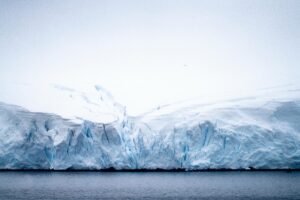
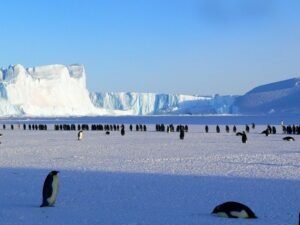
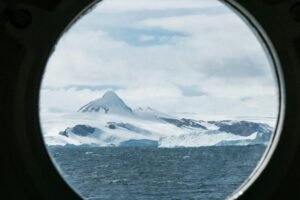
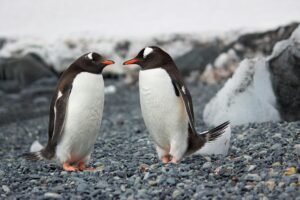
Share this content:
